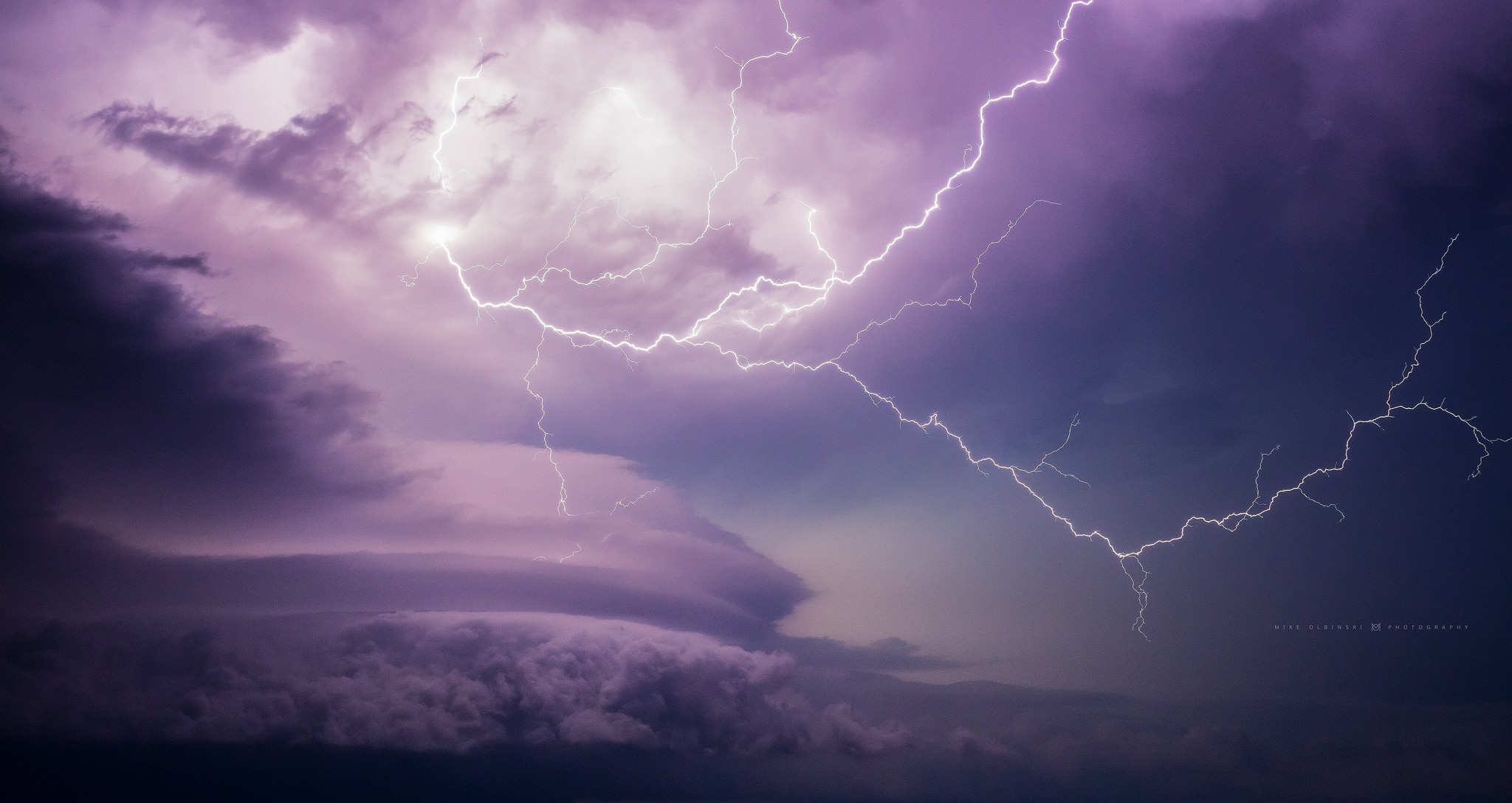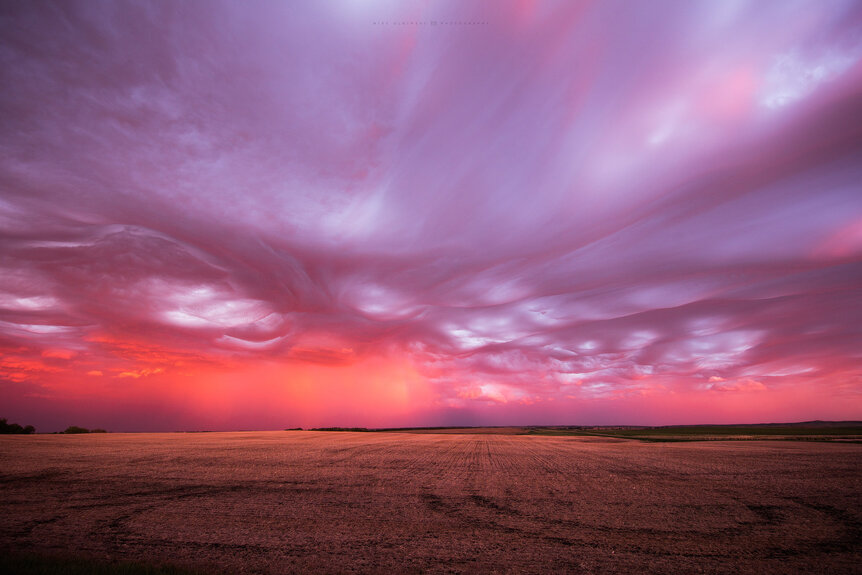Create a free profile to get unlimited access to exclusive videos, sweepstakes, and more!
Storm chasing time-lapse video: Pursuit

Mike Olbinski is a masterful photographer and storm chaser. I’ve written about his jaw-dropping time-lapse animations of storms before, like "Pulse" and "Monsoon III". His sense of framing and pacing is really quite good, and the results are always stunning.
So, when he sent me a note saying he had wrapped his spring storm chasing season for 2017 and put it all together in a video called “Pursuit” — and he shot it in 4k — I dropped what I was doing to watch.
The opening is quite lovely, and even, despite showing gathering intense storms, quite peaceful.
Then, at 1:40, all hell breaks loose. Watch (warning: flashing strobe effects from lightning):
Ye. GADS. I’ll admit, there were several times during this video where I might have sworn out loud. But who can blame me? Mesocyclones! Supercells! Downbursts! Tornadoes! Lightning! Mammatus clouds!
I’ve written about many of these weather events in the past, like how mesocyclones form, what a supercell is, and the bizarre nature and sight of mammatus clouds. Curious, though, I watched all the lightning and wondered how much energy was released in each stroke. That was easy to look up: about 500 megaJoules. Doing a quick conversion, that’s roughly equivalent to 100 kilograms of TNT detonating. Impressive! Especially considering the hundreds and hundreds of lightning bolts you can see in these storms.
But that energy is positively dwarfed by the total energy content of the storm itself. Powered by condensing water releasing heat, a typical thunderstorm can have as much energy as a small nuclear bomb! Think on that as you watch that video.
But Mike saved the best for last. Even as I was scraping my jaw off my desk, the video got to the 6:18 mark, and I was rocked again. On June 2, 2017, he was in Bowdon, North Dakota, and caught an undulatas asperatus cloud formation, one of the rarer and most bizarre clouds there is. In the video, these deep, aquamarine waves roll in, and then their magnificence is multiplied as the Sun sets and the reddening light paints them in luminous hues of purple, pink, magenta, orange ... it’s ridiculously beautiful.
And, it turns out, familiar: I wrote about this very sequence in June. But this capped off Mike’s storm-chasing season, and he felt it was fitting end to the video.
And as to the title, “Pursuit”: The proximate and obvious reason he chose that is that he’s chasing storms. But as he writes on his own blog, during one chase he missed an opportunity to get what might have been the best storms erupting of the season. He despaired, but then found his trust in himself, and was able to figure out a way literally around his loss to capture some of the best footage he got.
I think that’s pretty good advice. We all have our oncoming storms, but what matters is how we pursue the solutions.















